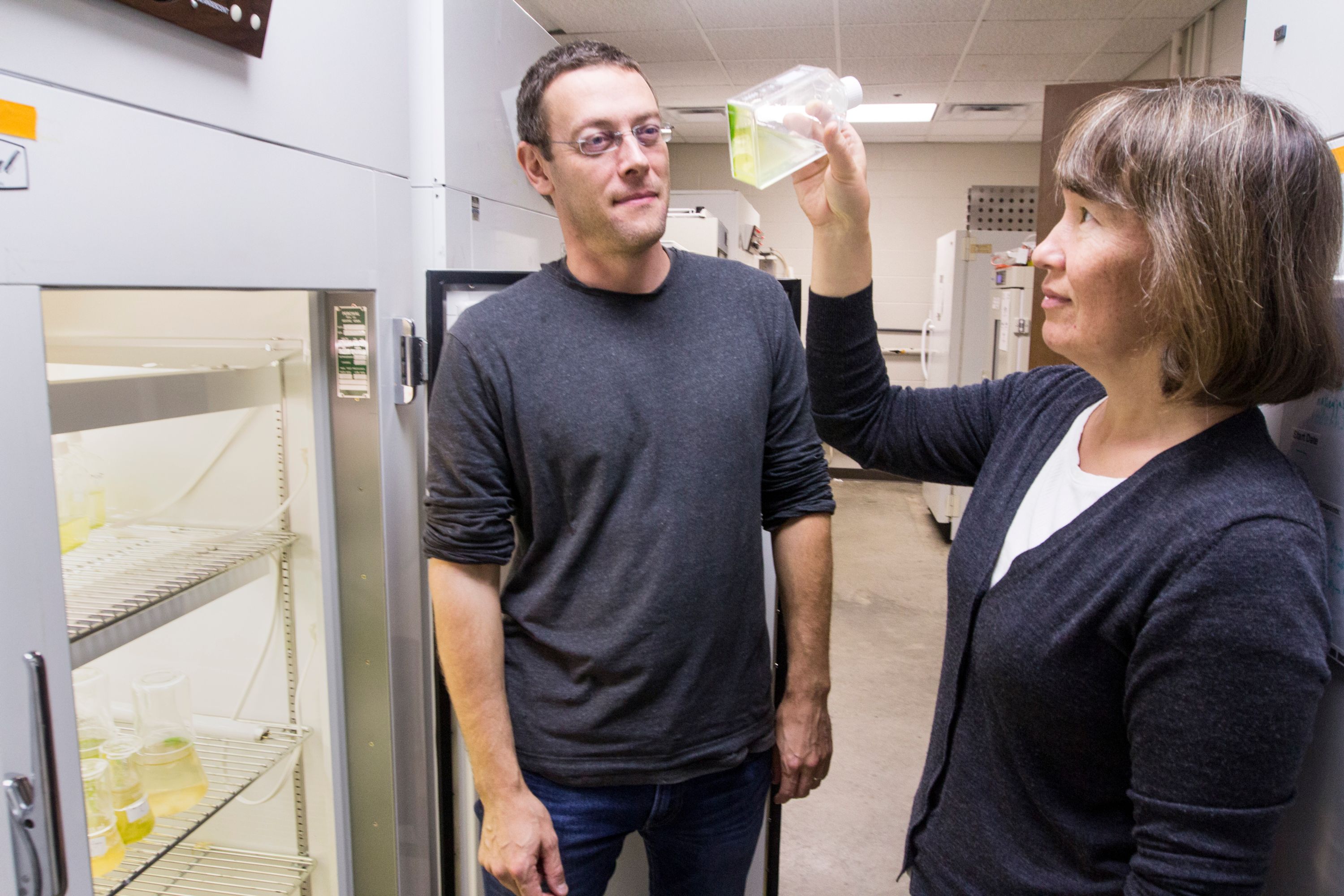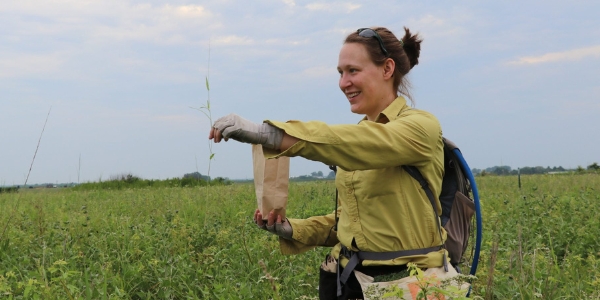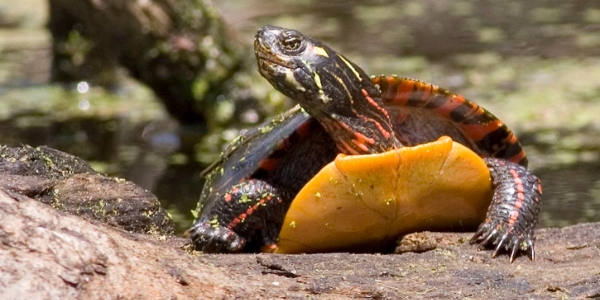EEB members design multifaceted approach to study microbiomes
It takes one to know one a community that is.
With that in mind, a community of pioneering scientists from Michigan State University's College of Natural Science and the University of California, Los Angeles, came together to design a multifaceted approach to investigating one of the most complex and abundant communities on Earth "€”microbiomes.
The project, "Using multilayer interaction networks to predict microbiome assembly and function," received a 3-year, $936,000 National Science Foundation (NSF) grant as part of the NSF's 10 Big Ideas. Their innovative project falls under "Understanding the Rules of Life: Microbiome Interactions and Mechanisms," a sweeping idea to elucidate sets of rules that can predict relationships between and within organisms"€”so called "rules" for how life functions.

The project will be conducted by EEB core faculty members and MSU Foundation Professors Elena Litchman in the Department of Integrative Biology (IBIO) and Christopher Klausmeier in the Department of Plant Biology and IBIO, who hold joint appointments in the W.K. Kellogg Biological Station, as well as Shannon Manning, MSU Foundation Professor in the Department of Microbiology and Molecular Genetics (MMG) and Mason Porter, professor of mathematics at the University of California, Los Angeles.
"In any ecological community you have members interacting with each other," said Litchman, whose research focuses on the community dynamics of microorganisms. "They can compete for resources, or they can benefit each other by providing each other with resources. These types of interactions and their effects are still not well understood in microbiomes, so we are taking principles from the community ecology of other systems and applying them to microbial communities."
Microscopic communities are the foundation for all ecosystems on Earth and essential to plant, animal and human well-being. The scientists will focus on host-associated microbial communities, or those that flourish inside another organism, like in the human gut. While the medical field has given these organisms a lot of attention and produced an astonishing amount of datasets on their genetic make-up, investigating the relationship between microbial structure and function from an ecological perspective is still lagging"€”until now.
"Understanding microbial community structure is the same problem as understanding plant community structure," said Klausmeier, whose KBS lab is a leader in theoretical understanding of the principles that organize ecological communities and ecosystems. "A forest in Michigan has maple and beech, tropical rainforests have different species and prairies a completely different set of plants. The same idea applies to the microbes in guts, we just don't think about it that way because we are not walking through them like we walk through forests."
The scientists will take a three-pronged approach to understanding the microbiomes. First, Litchman and Klausmeier will continue developing simplified models of microbial communities that capture the mechanistic details of microbe interactions over time. Specifically, microbes' ability to adapt and respond to disturbances such as antibiotics or pathogens. While the number of microbes in their models may be small, the interactions between them add up exponentially.
"It was a lot of work to figure out mutualistic and competitive interactions between two species, and when we move up to three, there are even more possible combinations," Klausmeier explained. In fact, the Human Microbiome Project estimates there could be over 2,000 species of bacteria in the human gut. "It becomes impossible to model all the possible interactions in diverse communities because the number just blows up,"
Read the full story in Natural Science.



